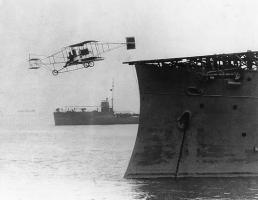 On November 14, 1910, one hundred and nine years ago today, pilot Eugene Burton Ely successfully took off in a biplane from the deck of the light cruiser USS Birmingham in the waters off Norfolk, Virginia, becoming the first pilot to fly a plane from the deck of a ship. He flew roughly three miles and landed onshore.
On November 14, 1910, one hundred and nine years ago today, pilot Eugene Burton Ely successfully took off in a biplane from the deck of the light cruiser USS Birmingham in the waters off Norfolk, Virginia, becoming the first pilot to fly a plane from the deck of a ship. He flew roughly three miles and landed onshore.
Two months later, on January 18, 1911, Ely landed his Curtiss Pusher biplane on a platform on the armored cruiser USS Pennsylvania anchored in San Francisco Bay, becoming the first pilot to land a plane on a ship. He stopped the plane using the first-ever tailhook arresting gear, designed and built by circus performer and aviator Hugh Robinson.

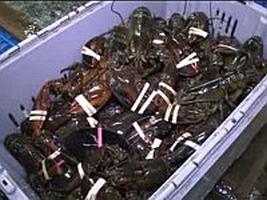 After several near boom years, the Maine lobster fishery is being slammed by the current trade war between the United States and China. From June 2018 to June 2019, after the duties were in place, l
After several near boom years, the Maine lobster fishery is being slammed by the current trade war between the United States and China. From June 2018 to June 2019, after the duties were in place, l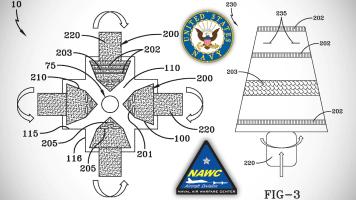 In recent weeks there been considerable interest generated by an application for a
In recent weeks there been considerable interest generated by an application for a 
 The videos have been flying across the internet for several years. They are purported to be F-18 gun-camera footage taken in 2004 from
The videos have been flying across the internet for several years. They are purported to be F-18 gun-camera footage taken in 2004 from 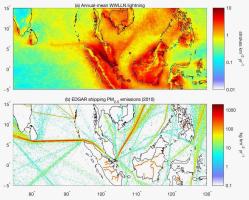 Apparently, lightning strikes twice as often over shipping sea lanes than over the ocean as a whole.
Apparently, lightning strikes twice as often over shipping sea lanes than over the ocean as a whole. 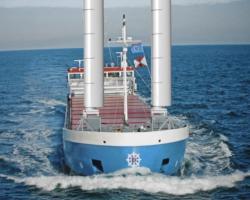 A three-year project to research Wind-Assisted Sail Propulsion (WASP) has been launched in Europe supported by €5.4Mn (about $6 million) in funding provided by the Interreg North Sea Europe program, part of the European Regional Development Fund (ERDF).
A three-year project to research Wind-Assisted Sail Propulsion (WASP) has been launched in Europe supported by €5.4Mn (about $6 million) in funding provided by the Interreg North Sea Europe program, part of the European Regional Development Fund (ERDF).  A year ago we posted about the
A year ago we posted about the 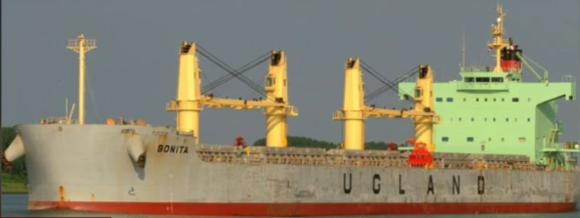 Suspected
Suspected 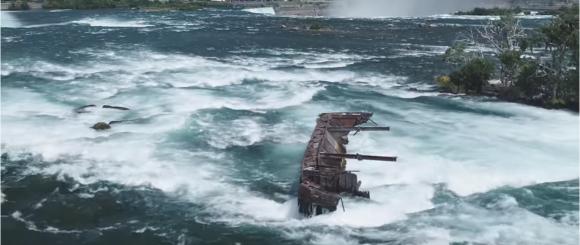 For just over a century, an 80-foot long iron sand-dumping scow has been stuck on a rock in the raging currents of the Niagara River just upriver from the Canadian side of Niagara Falls. After a powerful storm blew through on Halloween night, the scow began to shift and slip downriver toward the thundering falls. The scow has been stuck on a rock shelf in the rapids, roughly 600 meters from the edge, since 1918. It is now 50 yards closer to the precipice.
For just over a century, an 80-foot long iron sand-dumping scow has been stuck on a rock in the raging currents of the Niagara River just upriver from the Canadian side of Niagara Falls. After a powerful storm blew through on Halloween night, the scow began to shift and slip downriver toward the thundering falls. The scow has been stuck on a rock shelf in the rapids, roughly 600 meters from the edge, since 1918. It is now 50 yards closer to the precipice. 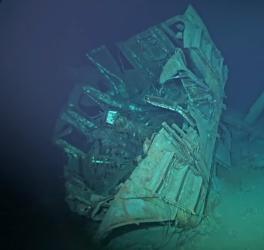 The RV Petrel continues its amazing streak of underwater discoveries. Now, it has located the wreckage of what is believed to be the
The RV Petrel continues its amazing streak of underwater discoveries. Now, it has located the wreckage of what is believed to be the 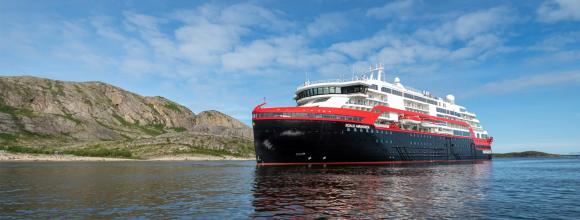
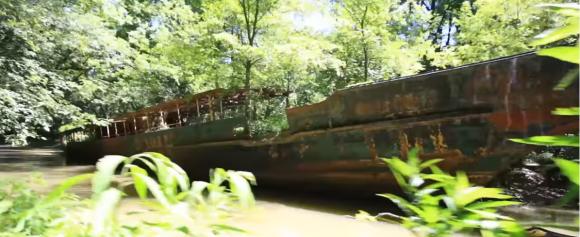 The so-called
The so-called 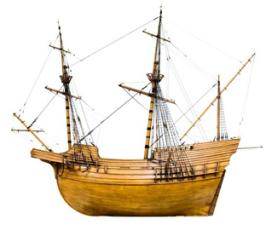
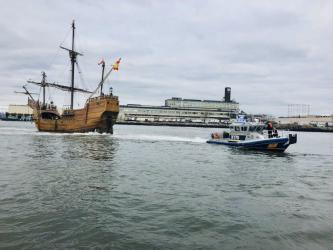 Why is it that virtually any ship with square sails and masts is referred to by the media as a “pirate ship?” Yesterday, a replica of the
Why is it that virtually any ship with square sails and masts is referred to by the media as a “pirate ship?” Yesterday, a replica of the 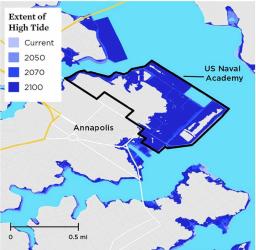 Climate change deniers can choose to ignore the overwhelming scientific consensus of man-made climate change all they want. How long they will continue to deny the evidence before their own eyes? Two immediate examples — Fox Island and the US Naval Academy.
Climate change deniers can choose to ignore the overwhelming scientific consensus of man-made climate change all they want. How long they will continue to deny the evidence before their own eyes? Two immediate examples — Fox Island and the US Naval Academy.